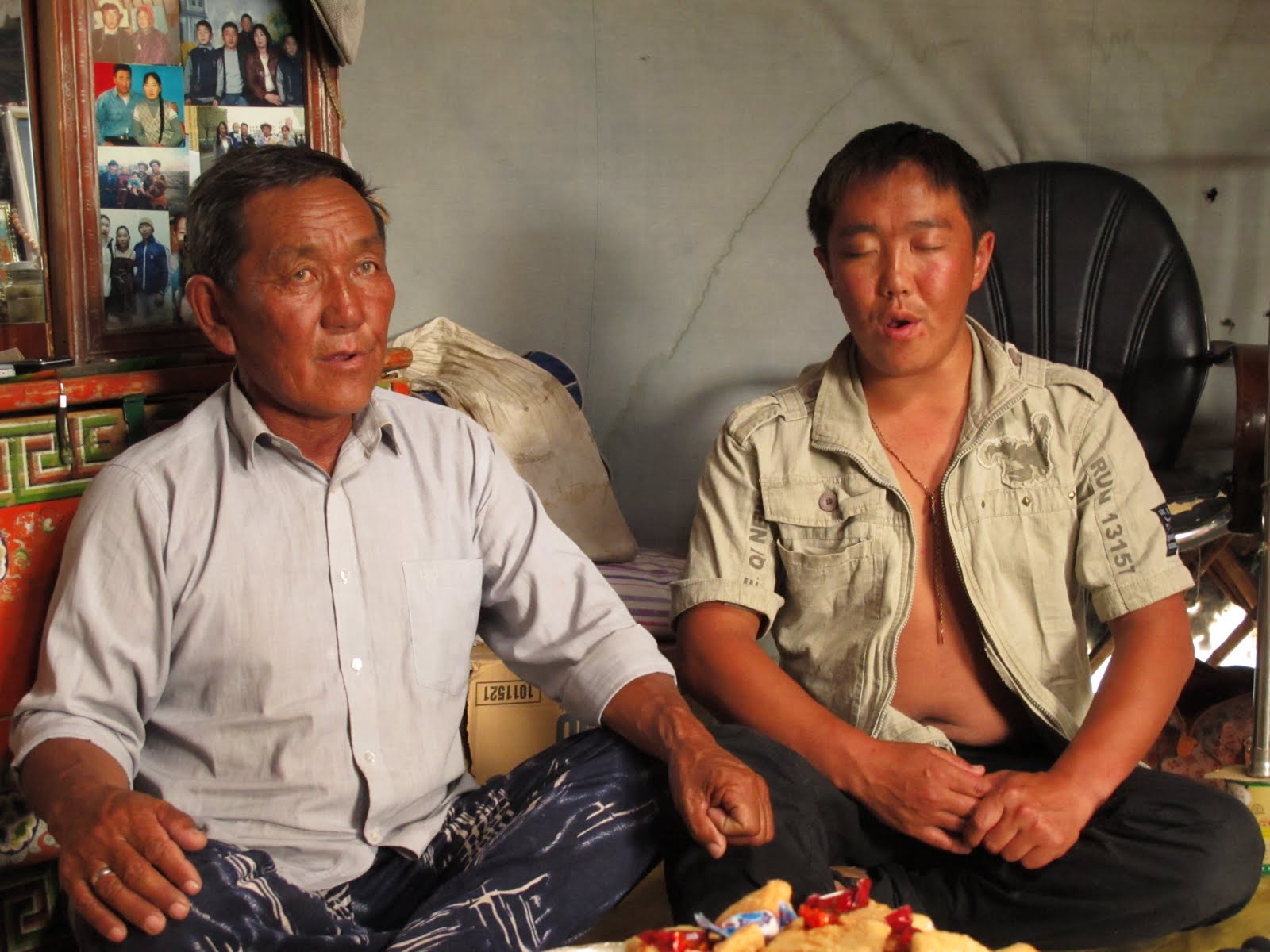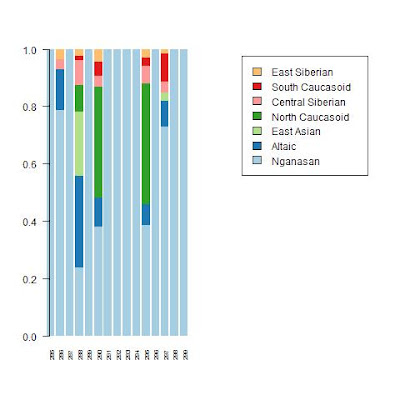There is evidence that before the arrival of the Slavic speaking tribes to the
area of modern-day Russia, speakers of Finno-Ugric languages may have been
scattered across the whole area between the Urals and the Baltic Sea. This was
the distribution of the Comb Ceramic Culture, a stone age culture which appears
to have corresponded to the Finno-Ugric speaking populations,
c. 4200 BC–c. 2000 BC.
https://sucs.org/~pwb/misc/sample.txt
From the point of view of the earliest contacts between Finno-Ugrian and Indo-European it does not matter too much if the primeval Finno-Ugrian and Indo-European centres of expansion are thought to have been located next to each other or not, because even at the time of a relatively late first contact the dialects within the proto-language continuums had not differentiated much. Some Indo-European loanwords have been used as evidence either in classifying Finno-Ugrian languages and locating their Urheimat or for the Indo-Uralic hypothesis. Three cases may be briefly dealt with here, namely the words for ‘bee’ and ‘honey’, the word for ‘copper’, and the word for ‘water’.
http://www.helsinki.fi/~tasalmin/tvarminne.html
The vocabulary material for the table-dictionary of the Finno-Ugric languages was mostly taken from bilingual dictionaries according to the semantic list of the basic vocabulary. The list was compiled by the everyday and other most frequent words (names of plants, animals, kinship terms etc.), the same as for the table for Indo-European languages.
http://www.v-stetsyuk.name/en/Alterling/SettlEastEur/FU.html
The discussion about the Finno-Ugric people's original homeland and migrations has continued for over a century, but to the present only one hypothesis - that the Finno-Ugrians originate from the Volga Bend or the Urals - has been proposed. When heretical ideas have been presented, the ruling consensus has ignored them. The research has focused on answering four prominent research questions: 1. Where was the original Fino-Ugrian homeland? .2. How did the linguistic relationships of the Finno-Ugrians develop? 3. How did the Finno-Ugrians spread from their area of origin? 4. What linguistic loans have the Finno-Ugrians received from the IndoEuropean and possibly other languages? …
http://www.questia.com/library/jour...ropean-origin-of-the-finns-and-their-relation
Nunez bases his model on the assumption that
the zone bordering the ice sheet in eastern Europe
was inhabited in the first place by ProtoUralian
populations. After 10 000 bc, they had
started to spread on the eastern side of the Urals
on the one hand (forefathers of the Samoyeds
and Ob-Ugrians), and north and west across the
Russian Plain on the other hand (other Finnougrians).
The whole of the area between the
Urals and Finland was occupied as early as c.
6000 bc by a population speaking mainly ProtoFinnougrian.
http://www.sarks.fi/fa/PDF/FA6_85.pdf
area of modern-day Russia, speakers of Finno-Ugric languages may have been
scattered across the whole area between the Urals and the Baltic Sea. This was
the distribution of the Comb Ceramic Culture, a stone age culture which appears
to have corresponded to the Finno-Ugric speaking populations,
c. 4200 BC–c. 2000 BC.
https://sucs.org/~pwb/misc/sample.txt
From the point of view of the earliest contacts between Finno-Ugrian and Indo-European it does not matter too much if the primeval Finno-Ugrian and Indo-European centres of expansion are thought to have been located next to each other or not, because even at the time of a relatively late first contact the dialects within the proto-language continuums had not differentiated much. Some Indo-European loanwords have been used as evidence either in classifying Finno-Ugrian languages and locating their Urheimat or for the Indo-Uralic hypothesis. Three cases may be briefly dealt with here, namely the words for ‘bee’ and ‘honey’, the word for ‘copper’, and the word for ‘water’.
http://www.helsinki.fi/~tasalmin/tvarminne.html
The vocabulary material for the table-dictionary of the Finno-Ugric languages was mostly taken from bilingual dictionaries according to the semantic list of the basic vocabulary. The list was compiled by the everyday and other most frequent words (names of plants, animals, kinship terms etc.), the same as for the table for Indo-European languages.
http://www.v-stetsyuk.name/en/Alterling/SettlEastEur/FU.html
The discussion about the Finno-Ugric people's original homeland and migrations has continued for over a century, but to the present only one hypothesis - that the Finno-Ugrians originate from the Volga Bend or the Urals - has been proposed. When heretical ideas have been presented, the ruling consensus has ignored them. The research has focused on answering four prominent research questions: 1. Where was the original Fino-Ugrian homeland? .2. How did the linguistic relationships of the Finno-Ugrians develop? 3. How did the Finno-Ugrians spread from their area of origin? 4. What linguistic loans have the Finno-Ugrians received from the IndoEuropean and possibly other languages? …
http://www.questia.com/library/jour...ropean-origin-of-the-finns-and-their-relation
Nunez bases his model on the assumption that
the zone bordering the ice sheet in eastern Europe
was inhabited in the first place by ProtoUralian
populations. After 10 000 bc, they had
started to spread on the eastern side of the Urals
on the one hand (forefathers of the Samoyeds
and Ob-Ugrians), and north and west across the
Russian Plain on the other hand (other Finnougrians).
The whole of the area between the
Urals and Finland was occupied as early as c.
6000 bc by a population speaking mainly ProtoFinnougrian.
http://www.sarks.fi/fa/PDF/FA6_85.pdf










